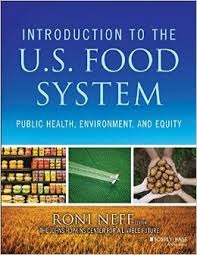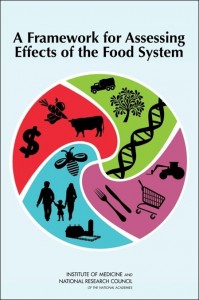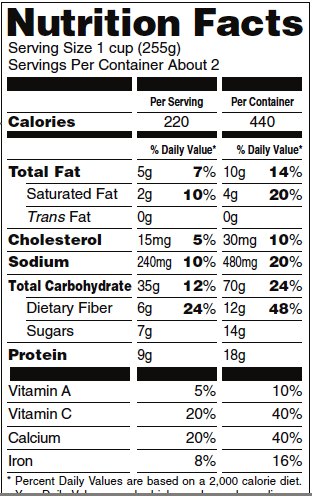Sugar politics: never a dull moment
Here are two more items on the endless disputes over sugar intake.
1. The IOM’s 25% of calories from sugar “recommendation”
I was surprised to see the Institute of Medicine’s upper limit of sugar safety cited in a JAMA commentary on sugars and heart disease. The authors disagreed with the conclusions of a study by Yang et al. in JAMA Internal Medicine:
Most US adults consume more added sugar than is recommended for a healthy diet. We observed a significant relationship between added sugar consumption and increased risk for CVD mortality.
The authors of the commentary say:
The relationship between added sugar intake and CVD mortality remains unresolved. The study by Yang et al1 does not support implementation of health policies limiting sugar intake because a relatively small fraction of the total population ingests excessive amounts of sugar by the IOM criteria….Laws attempting to limit excess sugar intake have been passed and overturned on legal grounds. Aside from the legal questions, there is insufficient scientific evidence to support pursuit of policies limiting sugar intake.
They then go on to say:
The Institute of Medicine (IOM) recommendation is that less than 25% of total kilocalories come from added sugar.
Oops. The IOM made no such recommendation.
Instead, the IOM said 25% of calories was the upper limit of safe sugar intake for nutrient deficiencies. The risk of nutrient deficiencies increases above that percentage. That IOM report said nothing about the relationship of sugar quantity to risk of chronic diseases.
Most health authorities recommend no more than 10% of calories from added sugars as a means to reduce the risk of obesity, diabetes, and heart disease.
Most research shows that chronic disease risks increase with increasing sugar intake.
2. What is the FDA doing about “Added Sugars” on food labels?
According to all sources, the FDA is still working on what to do about Added Sugars on the new Nutrition Facts panel. It is engaged in two studies of this question.
It says the added sugars study is complete and the data are being analyzed. It says the format study is in the works.
The FDA was criticized for proposing added sugars on the label without having done the research first. Apparently, the White House Office of Management and Budget took 9 months to approve the FDA’s proposal to do the sugar research. The approval came after the FDA issued its label proposal.
The bottom line on sugar: Less is better.





